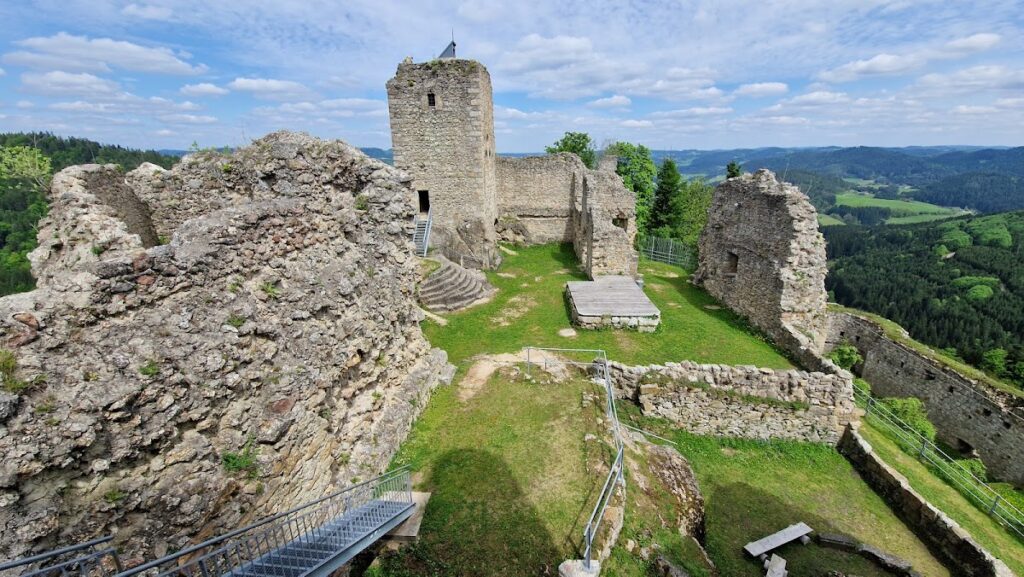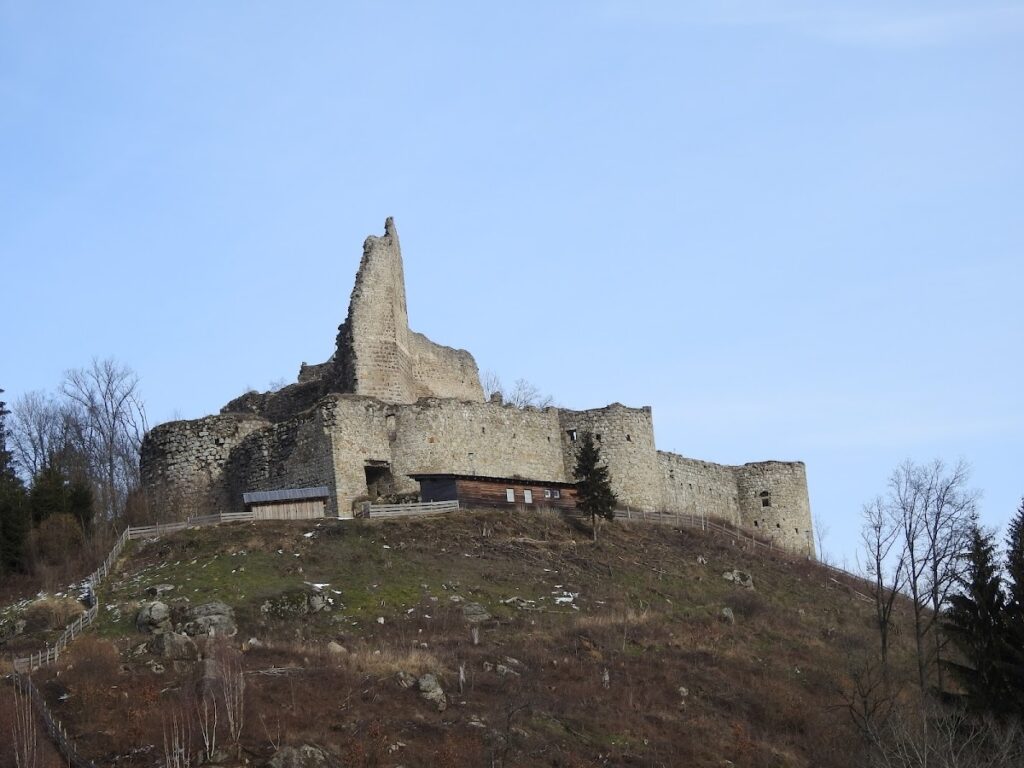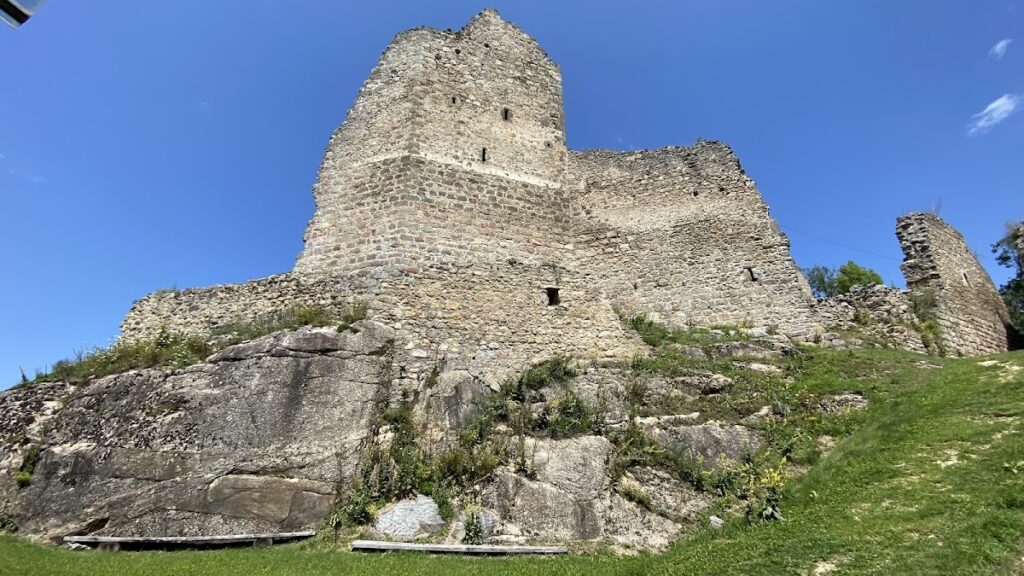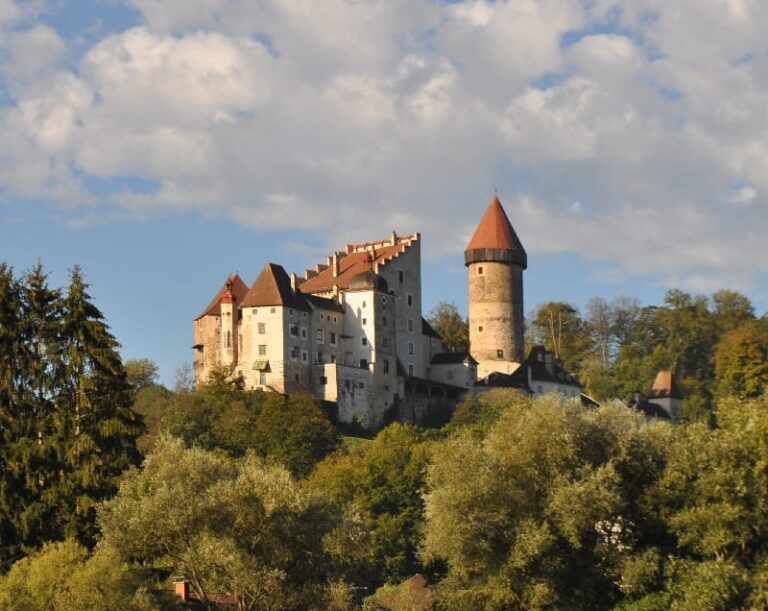Burgruine Ruttenstein: A Medieval Castle Ruin in Niederhofstetten, Austria
Visitor Information
Google Rating: 4.8
Popularity: Low
Google Maps: View on Google Maps
Official Website: www.ruttenstein.at
Country: Austria
Civilization: Unclassified
Remains: Military
History
Burgruine Ruttenstein is a hilltop castle ruin situated in the municipality of Niederhofstetten in modern-day Austria. It was constructed during the medieval period by the local nobility as part of the region’s defensive network.
The earliest recorded mention of the site dates back to February 14, 1160, when it was named “Castrum Rotenstein.” By 1209, a legal document issued by Duke Leopold VI confirmed the castle’s existence and granted it to Baumgartenberg Abbey, indicating its early connection to religious institutions. In 1281, King Rudolf of Habsburg pledged ownership of the castle to Ulrich II of Kapellen, marking its integration into the holdings of prominent noble families. After the Kapellen lineage ended, control passed in 1418 to Reinprecht II von Walsee, reflecting the castle’s continued strategic or feudal importance.
From 1483, the Liechtenstein family assumed stewardship of the site, followed by the Meggau family beginning in 1556. The Meggau family purchased the castle outright in 1615, consolidating their ownership. Ownership later transferred to the noble Dietrichstein family during the 17th century, demonstrating how the castle remained part of the noble estate system over several centuries.
By the 16th century, the castle was already deteriorating; documents from 1551 note its declining condition. By 1585, the roof had disappeared, signalling significant neglect. An engraving around 1674 by Georg Matthäus Vischer portrays the castle as a ruin, marking its transition into an abandoned state. In the 19th century, the property was sold to Michael Fink in 1811, and shortly thereafter in 1823, it became part of the holdings of the Dukes of Saxe-Coburg and Gotha, whose descendants maintain ownership to this day.
Remains
The castle complex stretches across roughly 4,800 square meters, with the main castle enclosure covering approximately 1,600 square meters on a wooded hilltop. Built upon reddish granite rock, this geological feature likely inspired its original name, “Rotenstein,” meaning red stone. The site’s layout reflects defensive priorities centered on a compact, fortified stronghold adapted to the hill’s contours.
Dominating the ruins is the massive bergfried, a type of principal tower common in medieval castles, here designed with a pentagonal shape that narrows towards the top. This tower remains a prominent landmark and was constructed to serve as the final defensive refuge and a lookout point. Adjacent to it lies the western residential wing, which survives with three sides of its enclosing walls intact. Above these walls, a wooden staircase leads to a viewing platform, a later addition that utilizes the robust surviving masonry.
Close to the stone steps providing access to the residential quarters are the remains of a castle chapel dating back to the early Gothic period. Though only partly preserved, this chapel indicates the castle’s role as a center not only of defense but also of religious observance.
Surrounding the main castle section on three sides—north, south, and east—is a substantial ring wall that once protected the inner buildings. Portions of this defensive wall still stand, including seven projecting towers that extended outward to provide strategic vantage points for defense and surveillance. These tower remnants underline the importance of fortification in the castle’s design.
In recent years, efforts were undertaken to clear the forested area directly south of the ruin. This clearance restored the castle’s prominence in the landscape, enabling it to once again command wide views over the Große Naarn valley, as it would have during its medieval use. The combination of natural geological features and manmade constructions contributed to the castle’s strategic placement and enduring visual significance.










